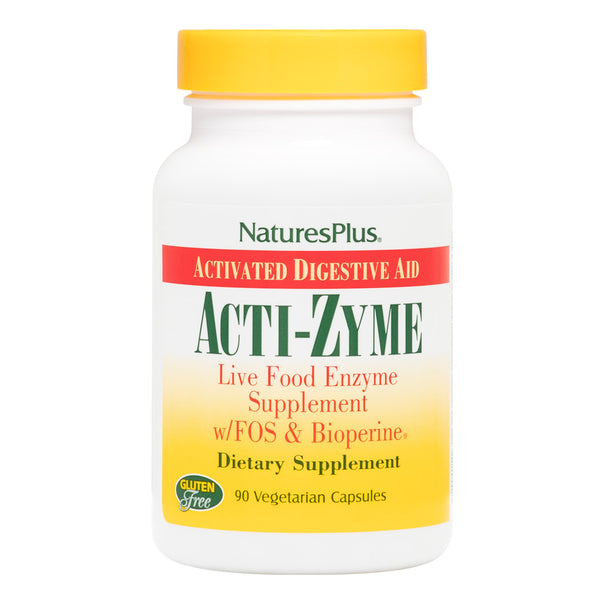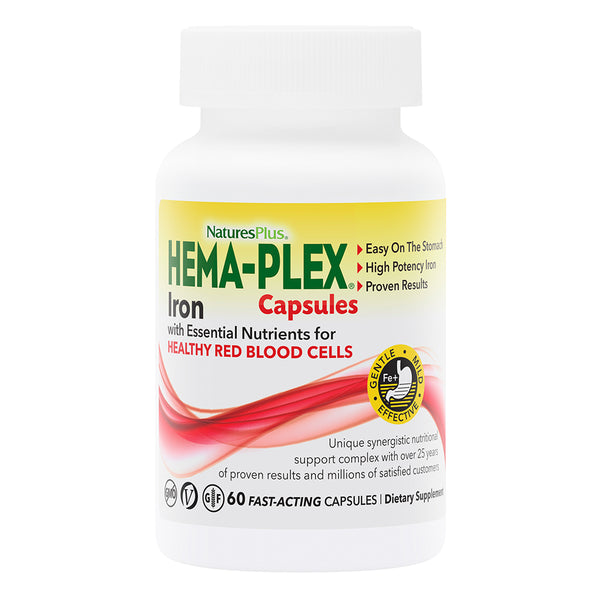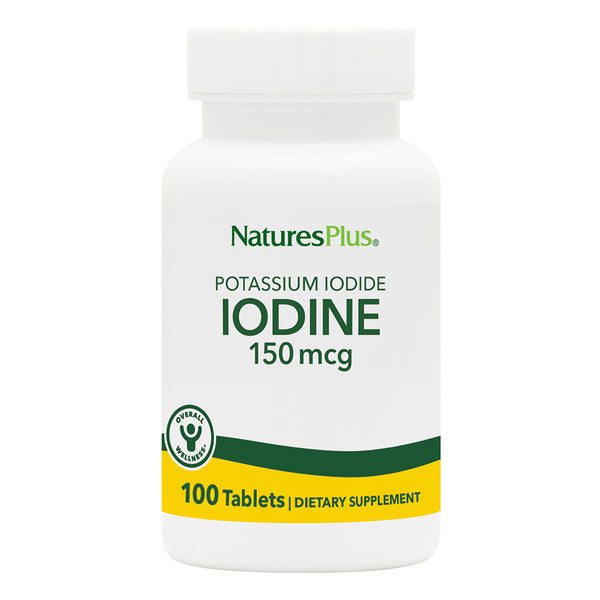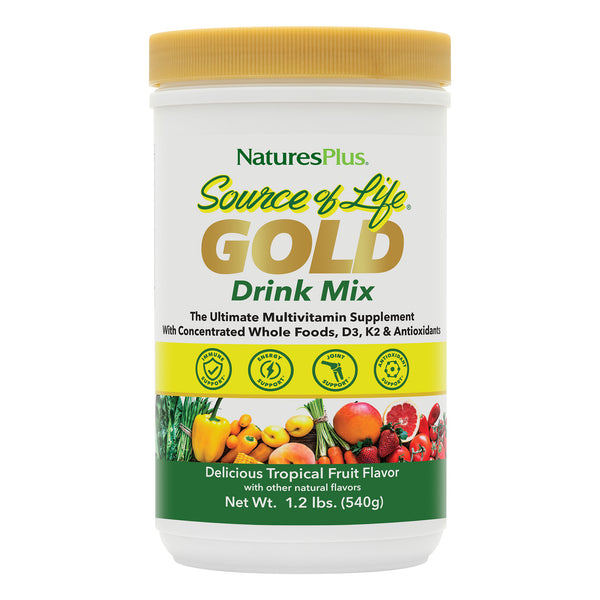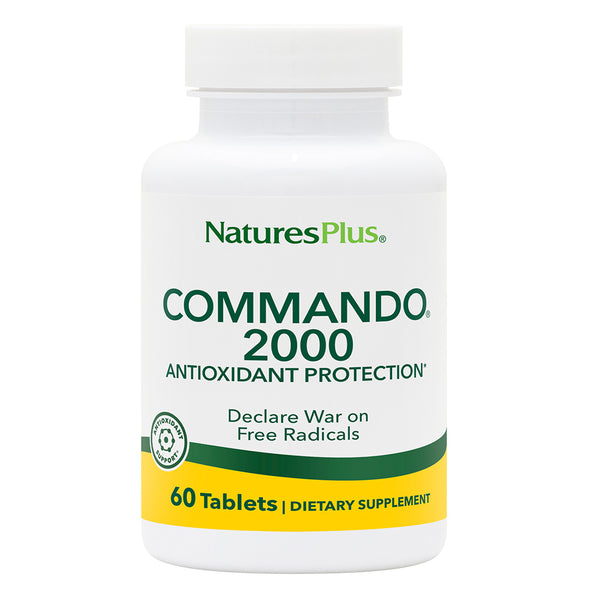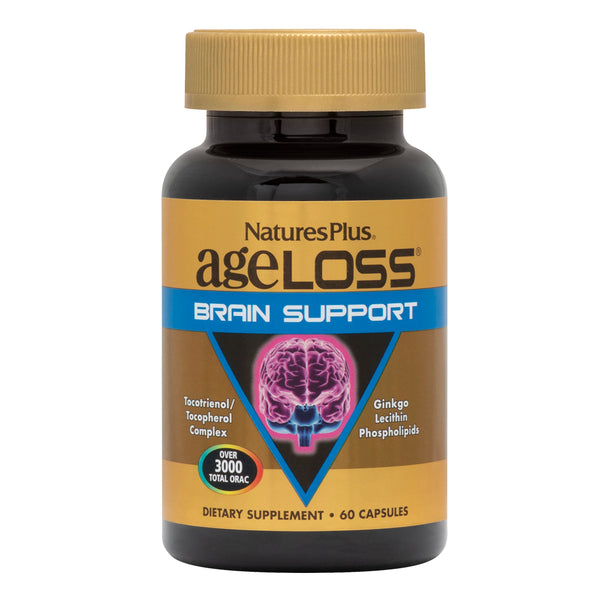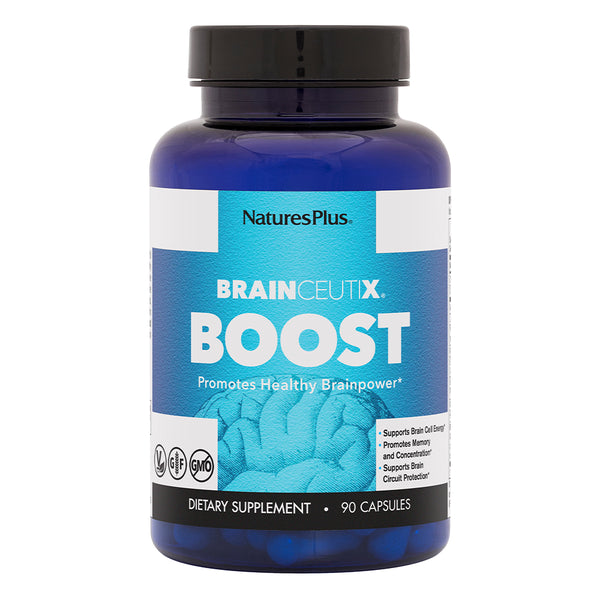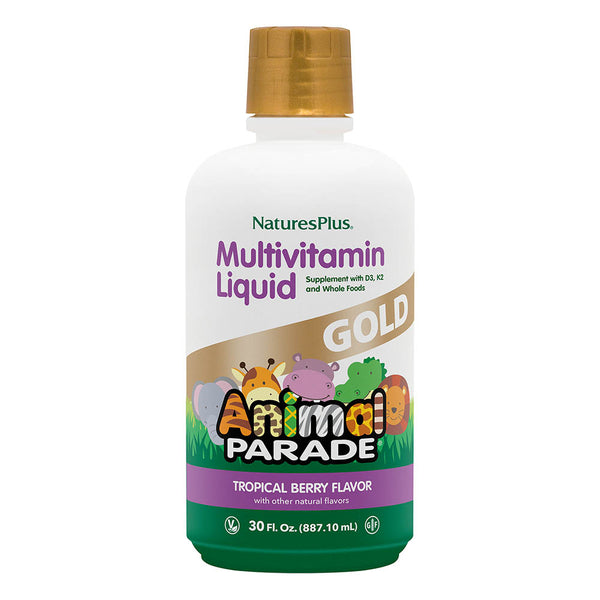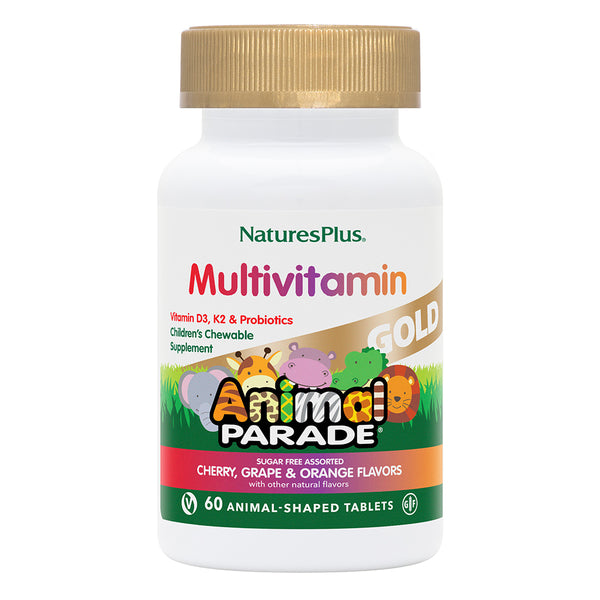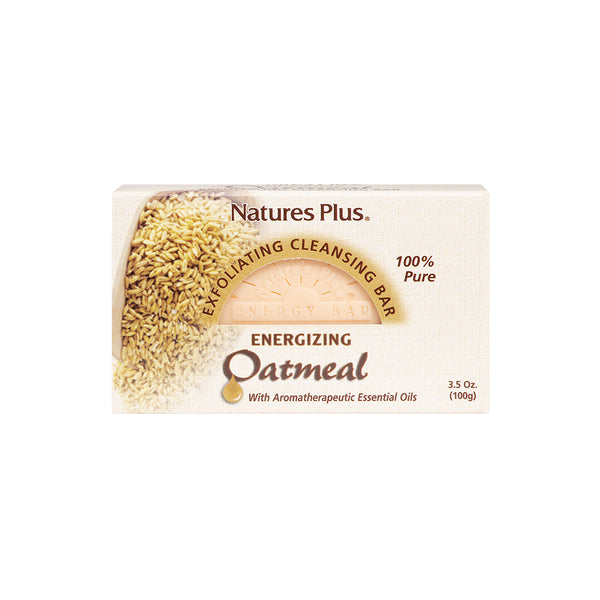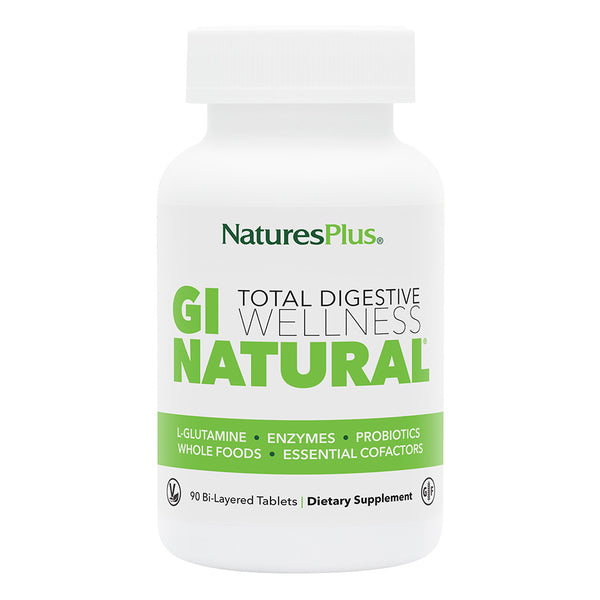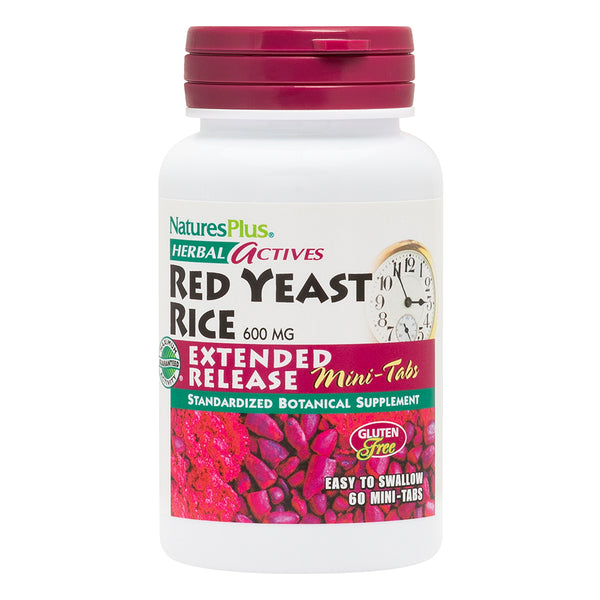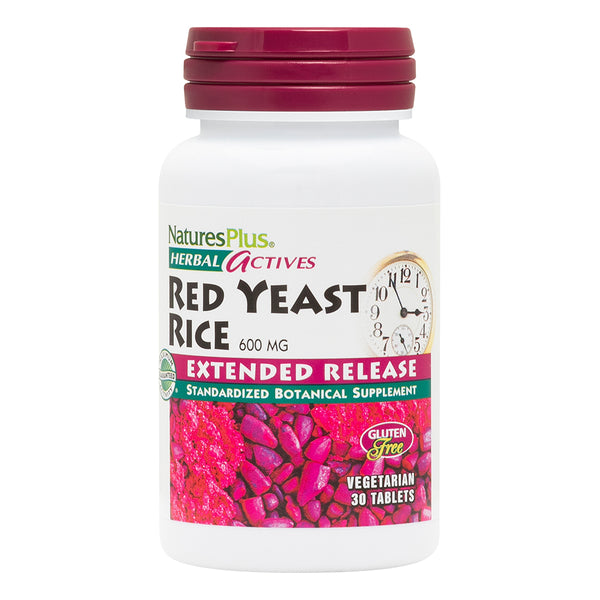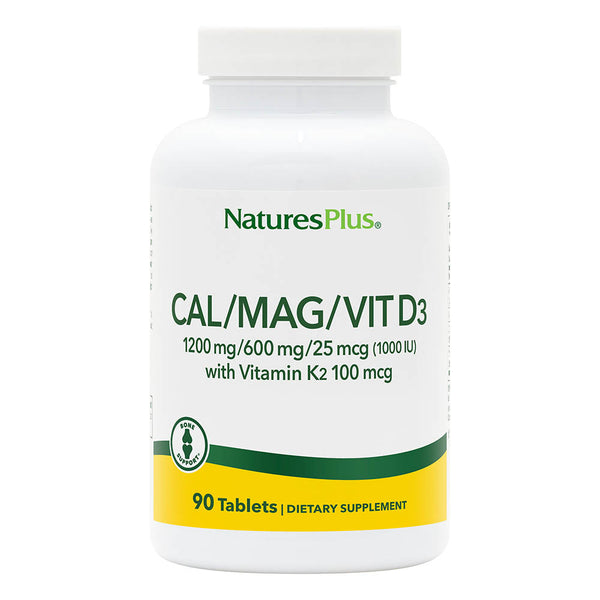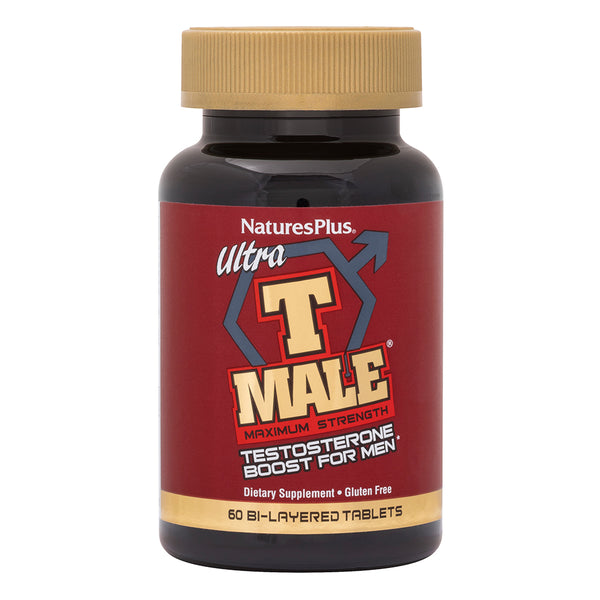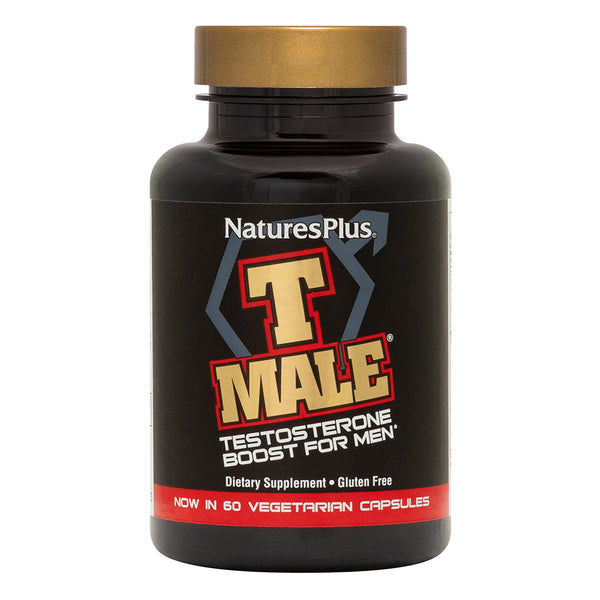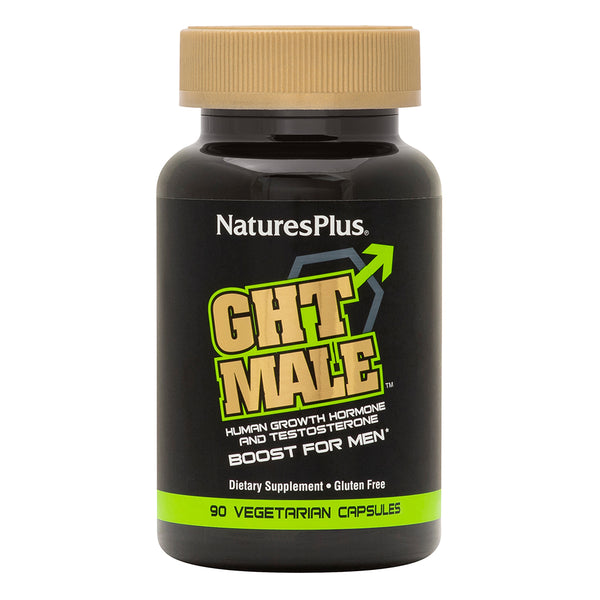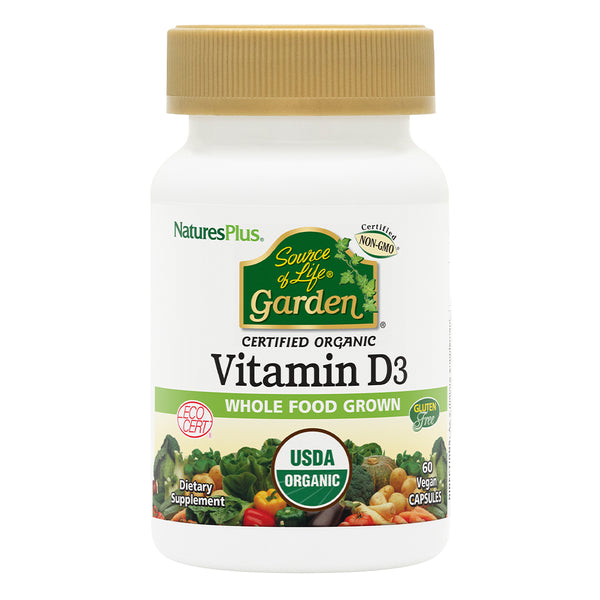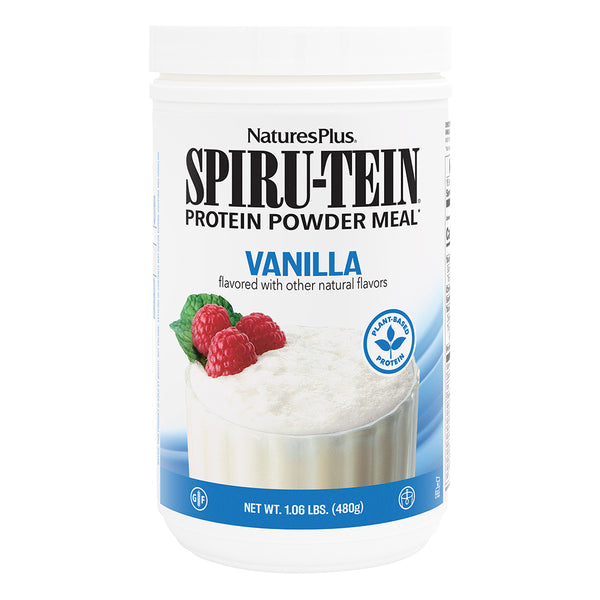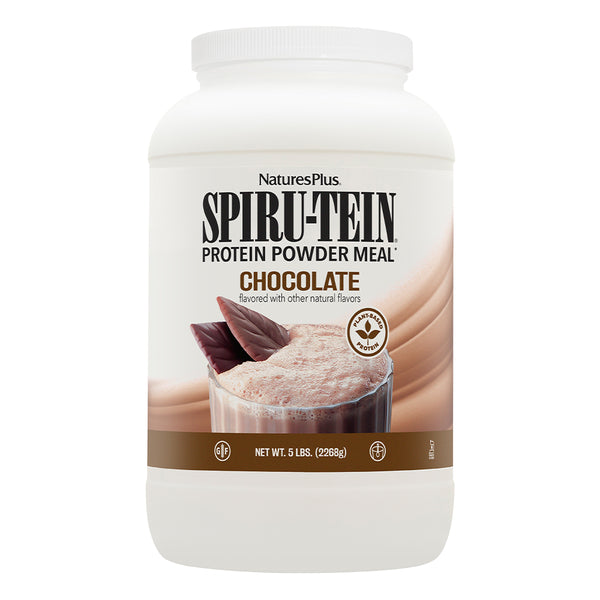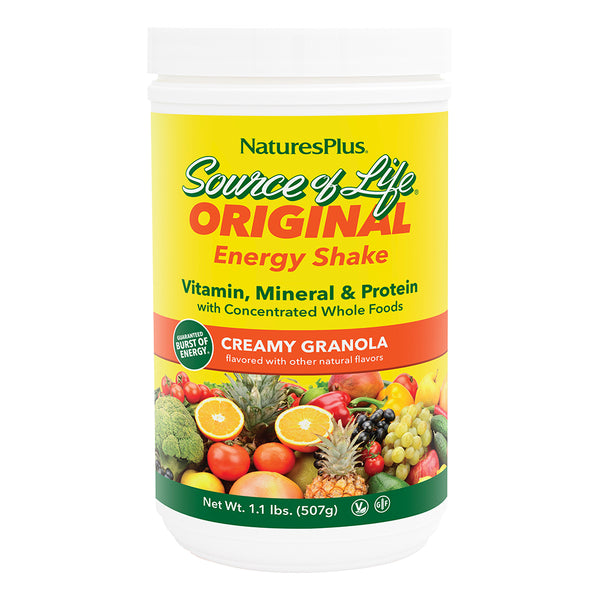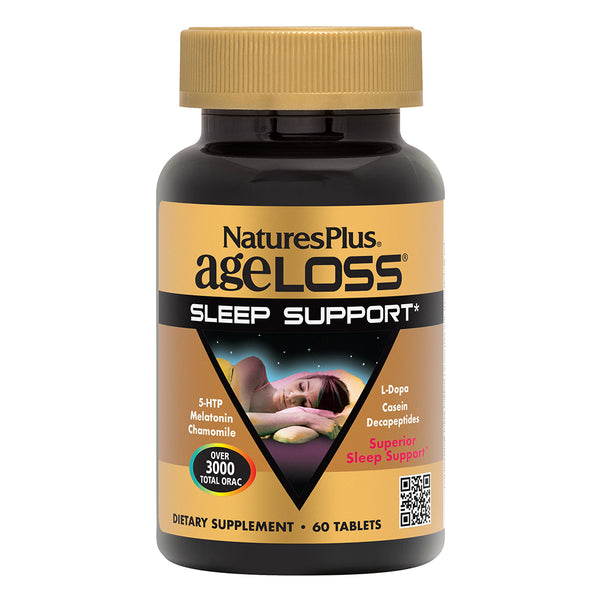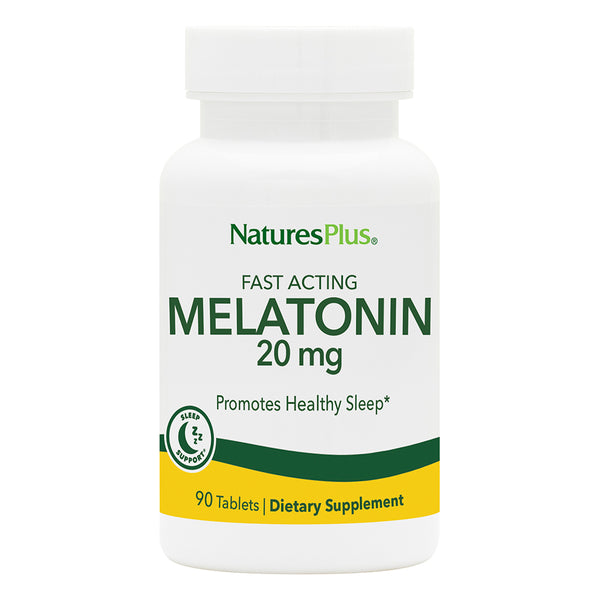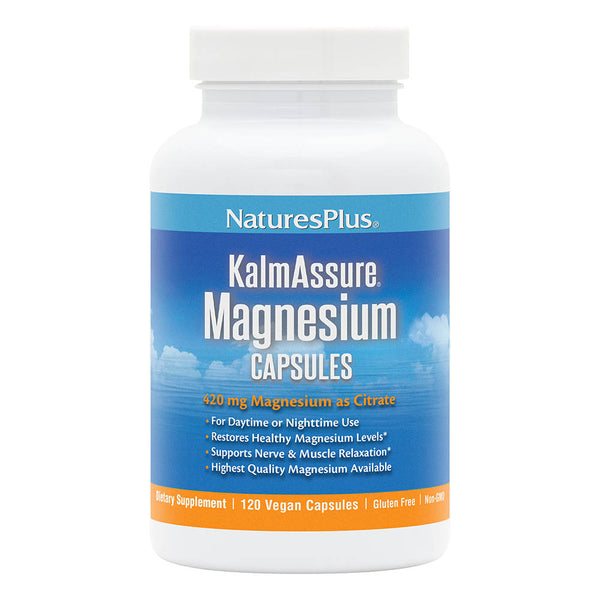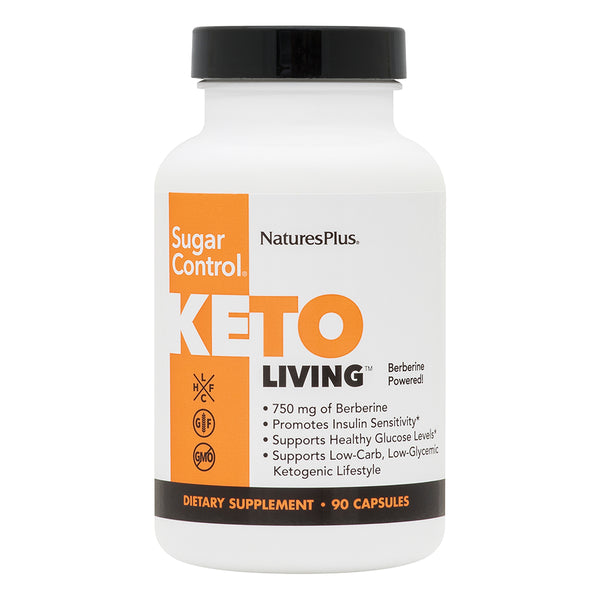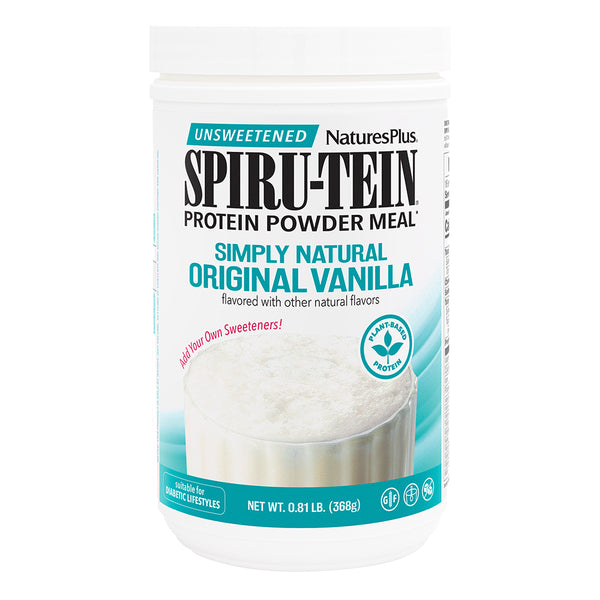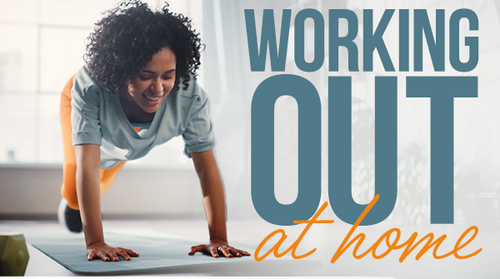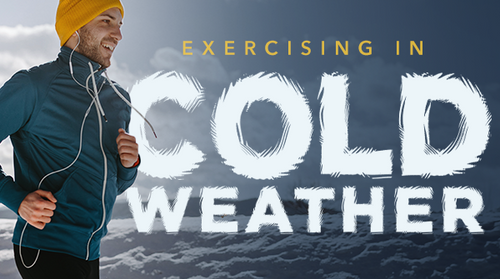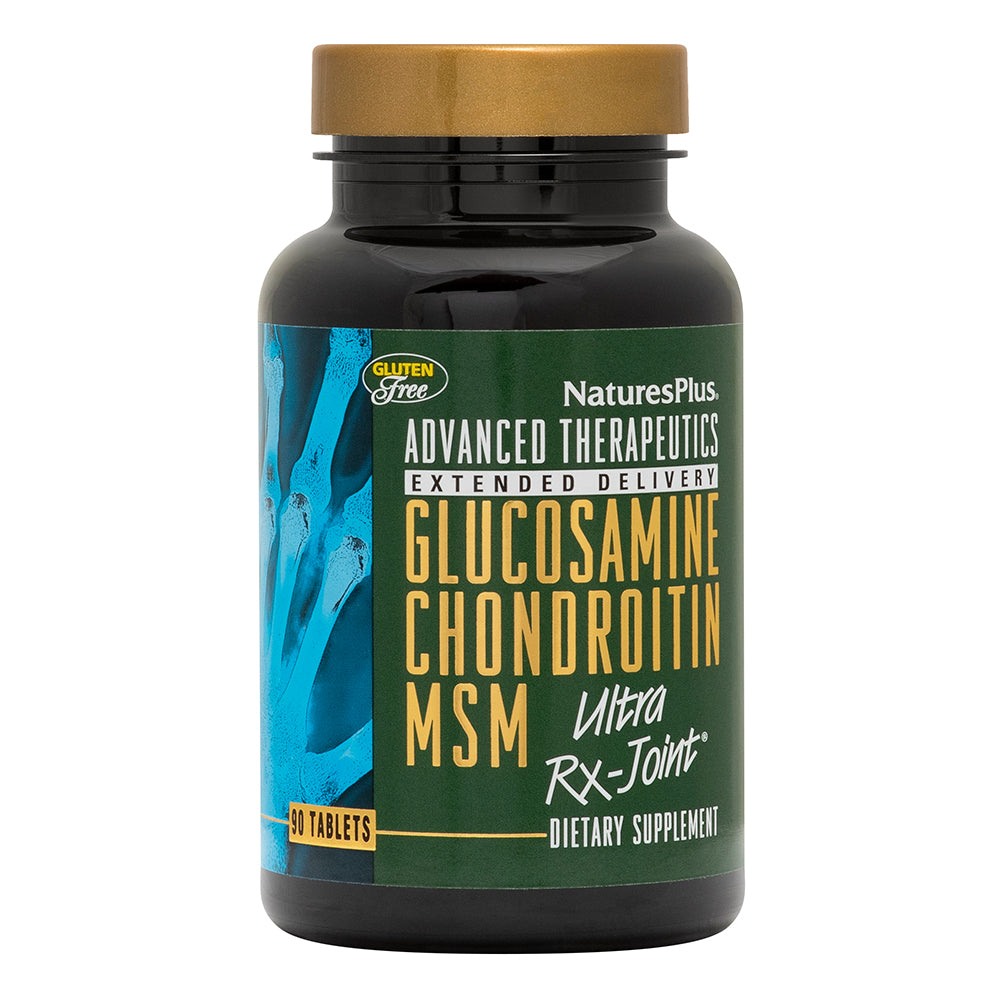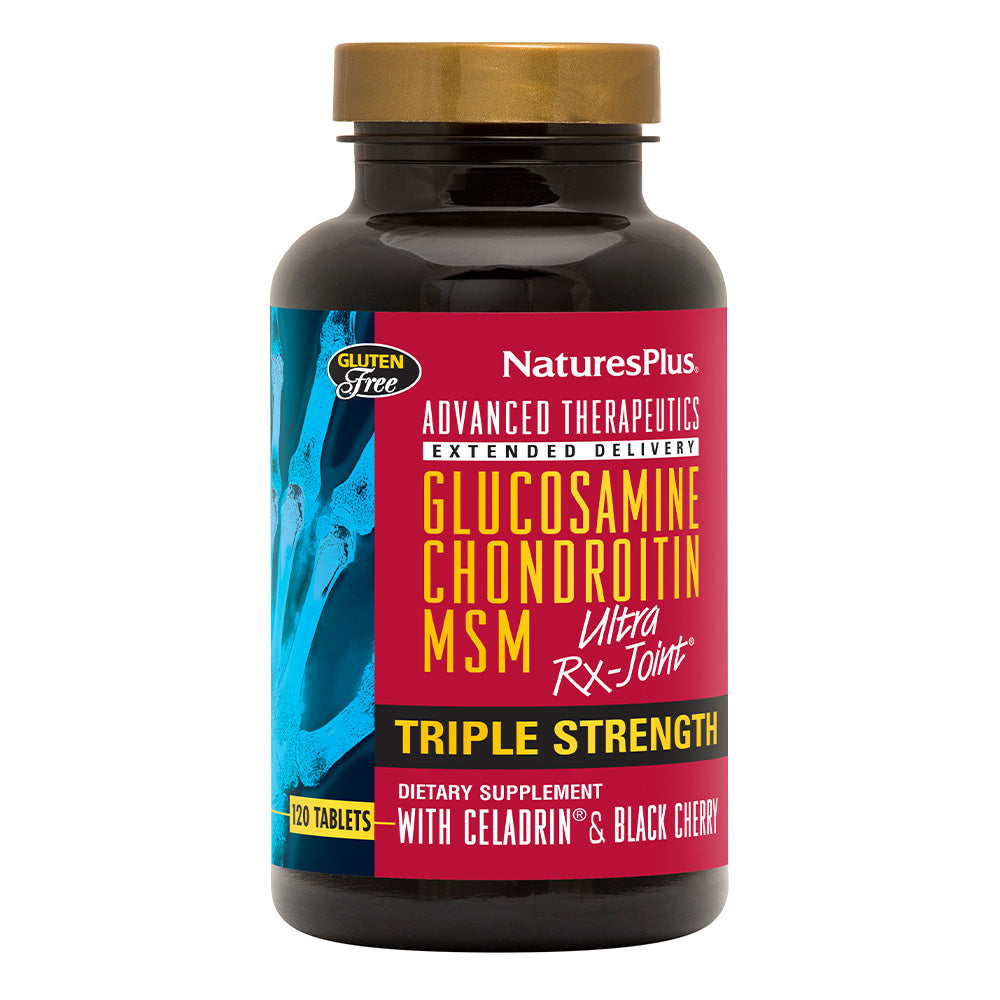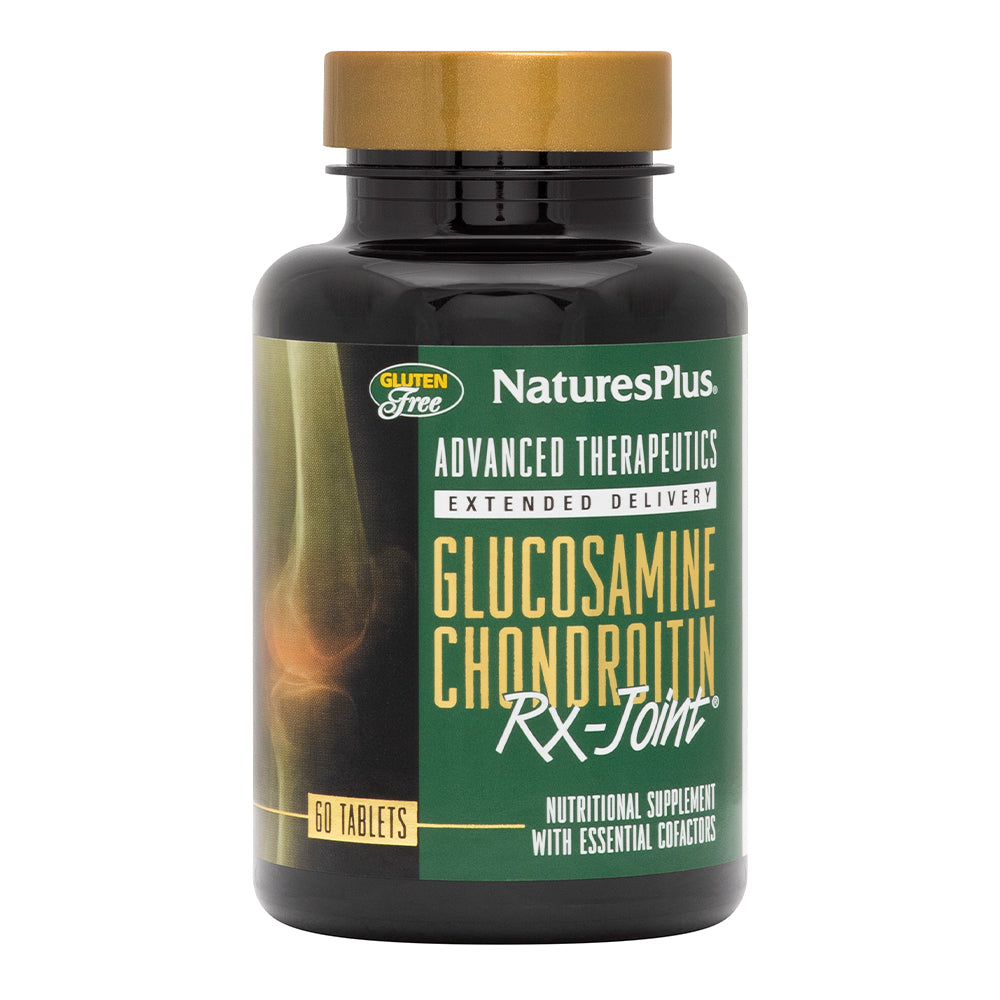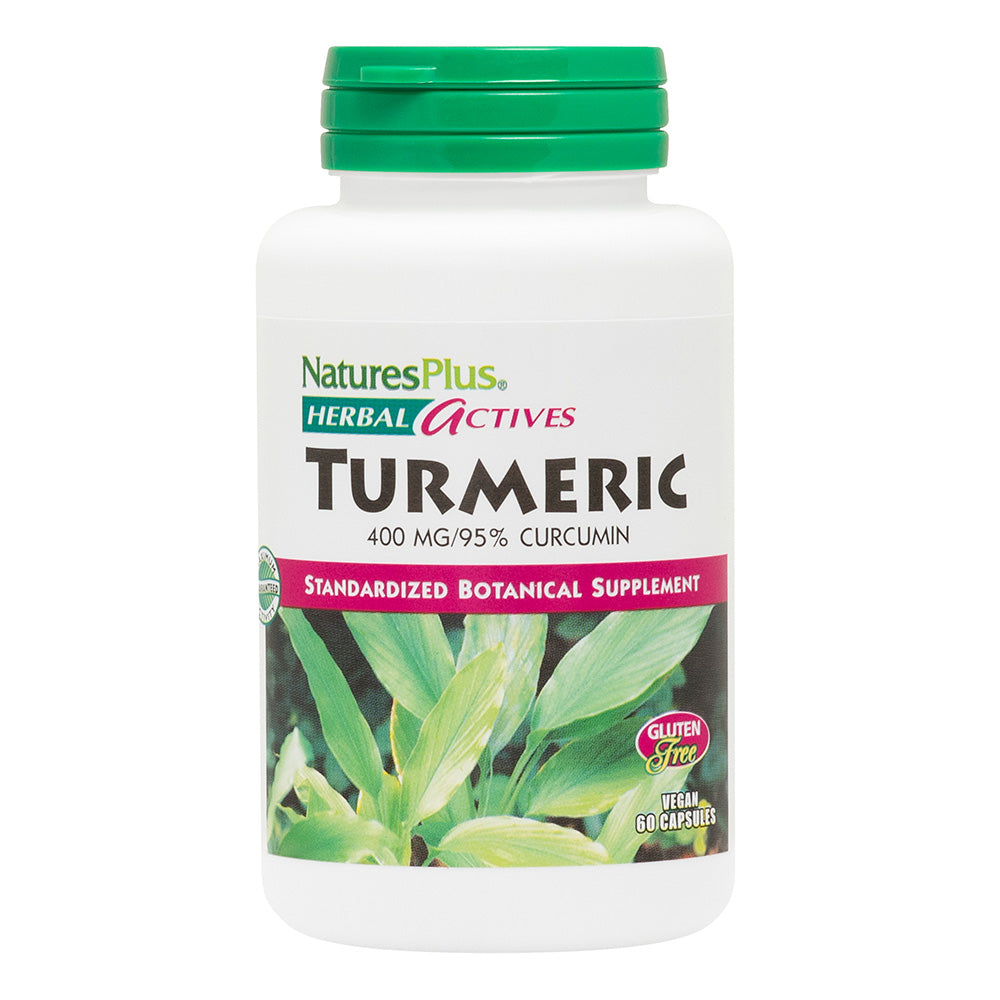As a fitness enthusiast, you know flexibility work is important…but mobility training is different.
“Mobility exercise aims to increase the range of motion of your joints and associated muscles while increasing their strength,” say the folks atCalisthenics Worldwide (CW), a site that provides exercise education.
Mobility Versus Flexibility
#mobilitytraining may be trending on social media, but the concept isn’t new.
“There is nothing new or fleeting about mobility training,” says theInternational Sports Sciences Association (ISSA), which certifies fitness professionals. “In simple terms, flexibility is the ability of soft tissues to passively stretch. Mobility, on the other hand, is a joint's ability to actively move through its full range of motion.”
“Mobility is much more about being able to repeat the same motion freely and comfortably,” notes CW. The group adds that while both genders can benefit from mobility training, it may be especially helpful for men, who tend to be less flexible.
Restoring full range of motion is especially important in a time when many people sit for hours, which can lead to stiffness and pain. By working on both flexibility and strengthening the muscles around joints, mobility training can let you work out more effectively with less risk of injury.
The Benefits of Mobility Training
In fact, injury prevention is a big reason many athletes train for mobility.
“With an inadequate range of motion, other muscles that you aren’t targeting with the exercise—often weaker—compensate,” explains ISSA. “This can lead to injury and pain.” And poor range of motion in one joint can overload other joints, leading to repetitive motion injuries.
Other mobility training benefits include:
- Encouraging better performance. Strong, mobile joints make for more effective workouts. “Consider weightlifting,” notes ISSA. “If you can’t position yourself or go through the movement optimally, you can’t lift as much.” And if you’re a sports enthusiast, “gaining that extra edge in agility allows you to beat an opponent who can’t,” adds CW.
- Allowing greater muscle gains. An ability to work more intensely translates into more lean mass. Inone study, for example, doing deep squats instead of shallow ones for 12 weeks allowed participants to build more thigh muscle.
- Enabling functional movement. Daily activities such as carrying groceries, picking up a child—even getting out of a chair—become easier when your body moves more easily.
- Promoting better health. An excessively sedentary lifestyle can set the stage for obesity and heart problems. In addition to the activity it provides by itself, mobility training allows you to exercise more easily and with less pain, leading you to move more.
Getting Started With Mobility Training
Remember that mobility requires active movement.
For example, using a stretch strap to pull your leg upwards while lying on your back may stretch the muscles, but it isn’t a mobility move. On the other hand, using your hip muscles to move your leg up and towards your chest is the kind of active motion mobility work entails.
The idea to work your body in different planes of motion than it’s used to; this allows you to activate all those little stabilizer muscles that play a huge role in allowing free and effective movement.
ISSA uses running as an example: “You move forward only, so think about how you can move in different directions during cross training. Do squats to move up and down and side lunges for lateral mobility, for instance.”
Instead of static stretching (stretch and hold), go for slow, controlled dynamic stretches. Examples include hip circles before leg workouts or shoulder circles before upper-body work.
Yoga and Pilates are good examples of workouts that promote greater mobility. In fact, doing yoga lets you turn active recovery days into low-intensity mobility days.
Lastly, while mobility training is important, it can’t be your only fitness activity. Try to incorporate mobility exercises into your workouts at least two to three times a week for 15 to 30 minutes.
Basic Mobility Exercises
CW offers a number of exercises on its website; in addition, searching “mobility exercise” will pull up a number of options. But to get you started, here are a few mobility basics.
Bridge
This exercise helps stretch your spine while strengthening the muscles of your back, glutes and legs. It’s also a good way to open your hips, which can stiffen if you sit all day.
1. Lie on your back, then bend your knees and place your feet hip-width apart.
2. Put your arms flat on the floor by your sides with your palms against the ground, and spread your fingers.
3. Lift your pelvic region off the ground; don’t let the buttocks sag. Keep your shoulders and head on the floor. Hold for 5 seconds, then release.
Cat/Cow
This exercise, technically two yoga poses that are almost always combined, enhances spinal flexibility while enhancing posture and balance.
1. Get onto all fours, shoulders above wrists and hips above ankles; your back should be in a neutral position.
2. Go into Cow Pose by inhaling and simultaneously lifting your bottom while pressing your chest forward, letting the abdomen sink towards the floor, gazing straight ahead. Don’t hunch your shoulders.
3. Go into Cat Pose by exhaling and rounding your spine while tucking in your tailbone, releasing your head towards the floor (don’t force your chin to your chest).
Deep Squat
In contrast to previous belief, researchers have not found a correlation between deep squats—in which your hips dip below your knees—and injury. However, speak with your practitioner or aphysical therapist if you have any current issues with your knees, hips or lower back.
1. Stand with your feet shoulder-distance apart. Keep your torso erect.
2. Inhale; on the exhale, lower your body until your pelvis is aligned with your shins and your knees aligned with your feet when viewed from the front (not pointing in or out).
3. Inhale, then push upward, with your weight centered, on the exhale.
Hip Flexor Stretch
This stretch can help reduce back, abdomen and hip pain while decompressing your spine.
1. On an exercise mat or a towel, kneel on one leg and bend the other out in front of you with that foot flat on the floor; your knee should form a 90° angle.
2. Keeping your back straight and both hands on the standing thigh, slowly push your hips forward until you feel a stretch in the upper part of your back leg and hip. Hold for at least 15 to 30 seconds.
Kneeling Lat Stretch
Stretching your lats, the muscles that connect your arms to your trunk, can improve shoulder mobility and improve your posture.
1. Kneel in front of a sturdy bench or chair, shins on the floor with toes pointing behind you.
2. Place your hands and forearms on the bench. Then gradually lower your head between your arms until you feel a stretch in your upper back; do not let your head hang. Hold for 30 to 60 seconds.
Side Lunge
This exercise can loosen your ankles, groins and hips while strengthening your glutes and inner thigh muscles.
2. Step sideways with your right foot as wide as possible while dropping your hips down; your left leg remains straight. Keep the soles of both feet on the ground.
3. Come back to center, then lunge with your left foot.
Like this article? You’ll love our weekly newsletter
sign up here!
**These statements have not been evaluated by the Food and Drug Administration. This product is not intended to diagnose, treat, cure or prevent any disease.

